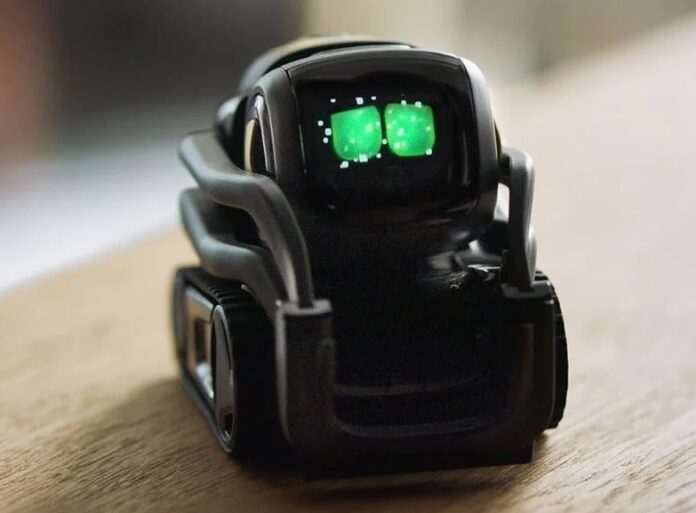
Robots are not limited to industrial works anymore! Thanks to the integration of artificial intelligence and voice recognition, robots are slowly invading our smart homes embedded with devices like wireless security cameras, Smart TVs, Amazon’s Alexa, Amazon Echo, Google Assistant, Philips Hue lightbulbs, Ecobee4, etc. And it is not a secret that machine learning software development is on rise now. A lot of clients are coming to develop personalized ML solutions for their businesses.
ABI Research predicts that this integration will grow, and by 2024 that over 79 million homes in the world will have a robot in the house.
Currently, there are two key home robotics markets: 1) home care robots, which take on a specific chore within the home, and 2) personal or social robots, aka companion devices that are capable of interacting with an individual in the house.
These robots are poised to change the domestic atmosphere dramatically, and a growing number of people have robots in their houses that can do things like:
- Housework (vacuuming, washing up or packing the dishwasher, general cleaning, cleaning bedroom, kitchen, bathroom, dust, windows, laundry, tidying, ironing, etc.).
- Food preparation (breakfast, lunch, tea, drinks, etc.)
- Gardening (water the garden, cut the lawn, etc.).
- Family help (helping parents, children, elderly), pet care (walking dogs, feeding pets, etc.)
- Security (guarding house, checking intrusions, protection against fire)
- Personal service (shopping, answering the phone, using the computer for emails, downloading or research, driving a car or be a form of transport, sexual services, school homework, etc.)
- Playing (sports, games or with toys, video games, acrobatics).
This post will look at the top six smart personal home robots you can buy in the market today.
1. Lovot
Lovot is a simple yet surprisingly advanced, friendly little robot, designed to spread love and comfort the lonely. Made by Japanese robotic startup Groove X, it features at least 10 CPU cores and 20 or more microcontrollers. It has a minimum of 50 sensors, including touch, pressure, distance, obstacles, heat, and humidity. Lovot can learn from daily interactions, recognize people, especially the owner, and greet people when they come home.
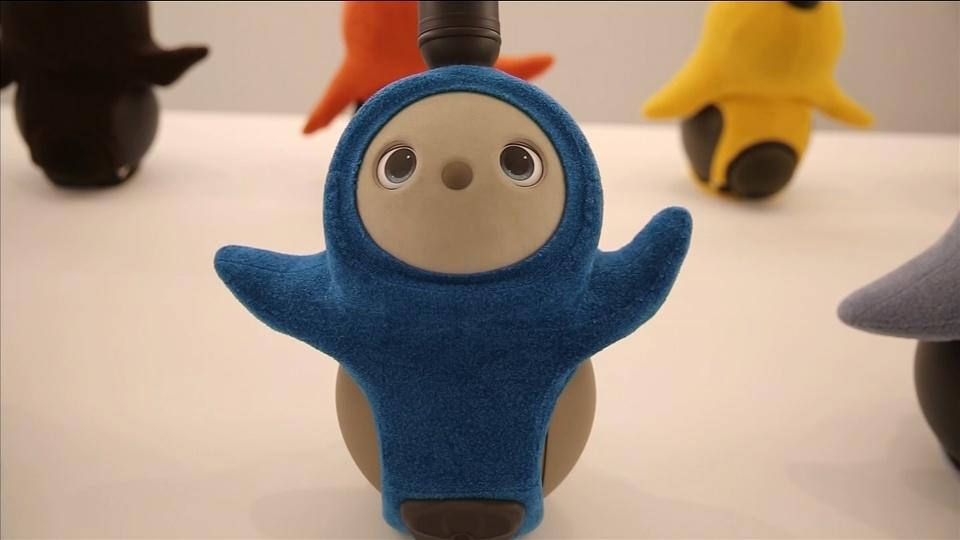
This pint-sized mobile robot can navigate its environment. It has 13 degrees of freedom, and its body can move along 13 axes of motion. A full battery charge allows it to move around and interact for about 45 minutes. Recharging takes about 15 minutes. LOVOT’s most prominent feature is its “sensor horn,” which comes with a luminosity sensor, a 360-degree half-sphere camera, a half-sphere microphone that can detect the direction of sounds and voices, and a thermal camera that can distinguish human beings from objects.
2. Anki Vector
Anki’s Vector is an autonomous social robot, which can independently navigate and self-charge. This companion robot, made to hang out and help out, is voice-activated and will answer questions, take photos for you, time dinner, and show the weather. It can recognize people and avoids obstacles. If you set up Alexa on your vector, you’ll be able to set reminders, control smart home devices like lights, speakers, and thermostats.
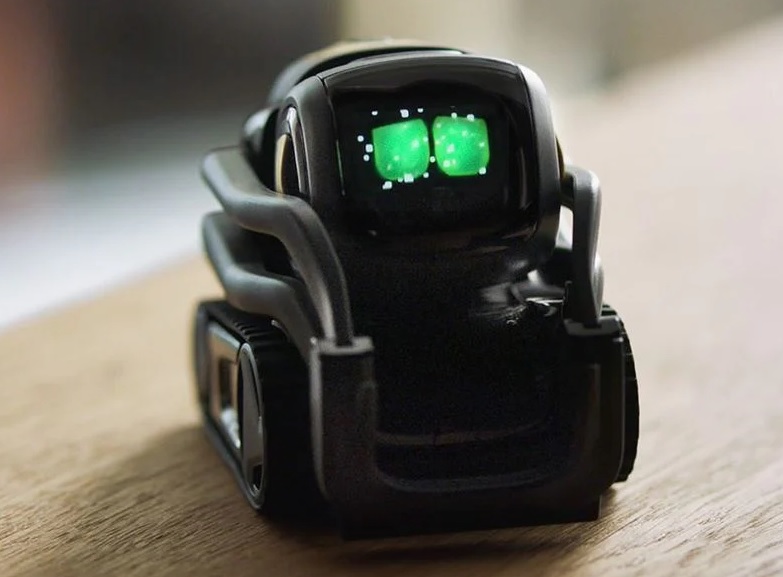
The robot has facial recognition, large expressive LED eyes, and can seem to know when large animals are nearby and react. In 2019, Anki went bankrupt and closed down its operations. But recently, the company’s assets have been purchased by Digital Dream Labs, which now intends to restore the entire platform and continue development.
3. Walker
Chinese company UBTECH Robotics’ Walker is an intelligent, bipedal humanoid robot, standing 4.75 feet (1.45 m) tall and weighing 170 lbs. (77 kg). This agile, smart companion has hands with the ability to grasp and manipulate objects, a refined torso with improved self-balancing, smooth and stable walking under challenging environments, and multi-modal interaction, including voice, vision, and touch.
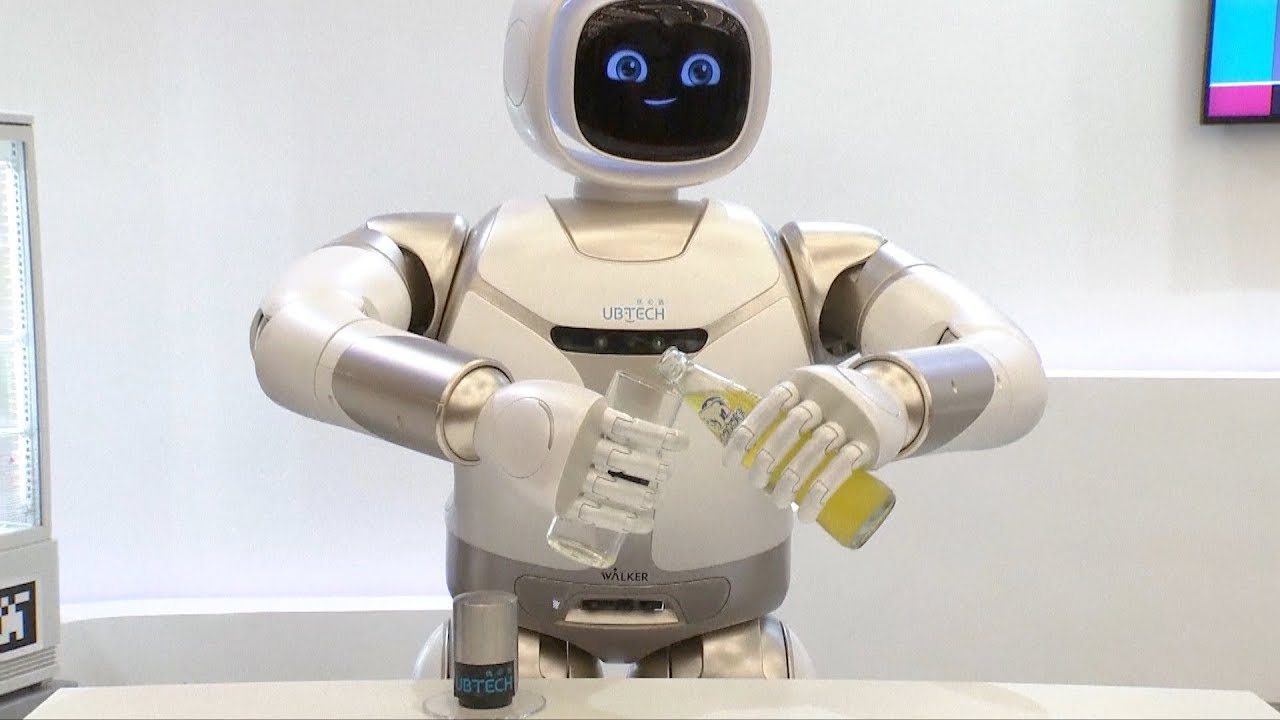
Walker has 36 high-performance actuators and a full range of sensing systems that work together to ensure smooth and fast walking. Ubtech’s updated version of Walker robot does yoga, pours drinks, and plays the piano. It can also sense and react to external forces.
4. Loomo
Loomo is the world’s first mobile robot sidekick, designed by Segway Robotics. It is a smart machine that toggles between a mini personal transporter and mobile robot sidekick, which can follow the rider autonomously.
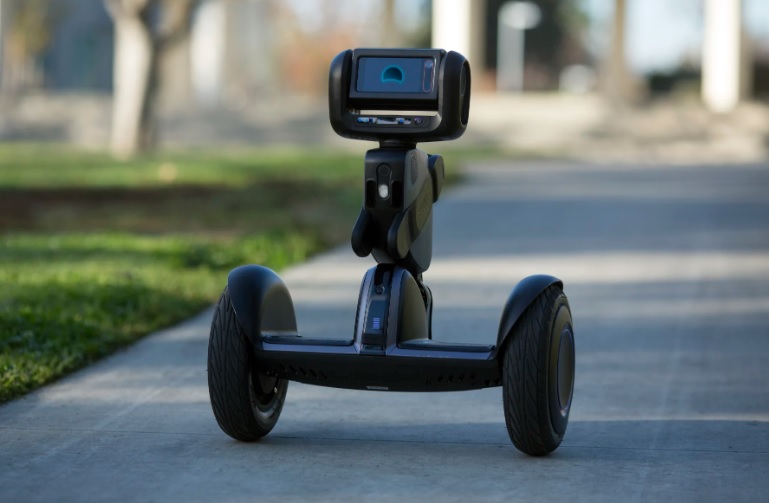
The key features include self-balancing, smooth ride experience across terrains with a top 11 MPH speed, auto-follow, multiple control methods using a smartphone app, voice command, gestures and touch sensors, friendly personality powered by emotion engine, and battery capacity to cover 22 miles in one charge. Loomo comes with a free Android-based SDK, which enables developers and enthusiasts to build on top of Segway’s mobility + AI platform.
5. AIBO
Sony’s robot dog Aibo has been the most sophisticated home robot that you can buy for a great 20 years. The first version of Aibo went on sale in 1999, and there was a dozen year-long gap between 2005’s ERS-7 and the latest ERS-1000. Sony opened up the new ERS-1000 to programmers by providing visual programming tools as well as access to an API.

AIBO comes in silver, brown, black, and white versions. They all have rounded snouts that include a camera for facial recognition capability, large, oval eyes to reveal their expressions, and a body that can turn on 22 different axis points to give them a range of motion. The owner decides the gender, when they set them up, which determines the pitch of its bark and how it moves. Aibos shift their personality over time based on their interactions with people.
6. Temi
Temi is a voice-activated personal assistant robot, recently selected by Israel’s Ministry of Defense, to assist medical teams in COVID-19 wards in the country. This cobot on wheels is capable of recognizing and following people around the house, making video calls, replying to user questions, playing music, or carrying small objects from room to room.
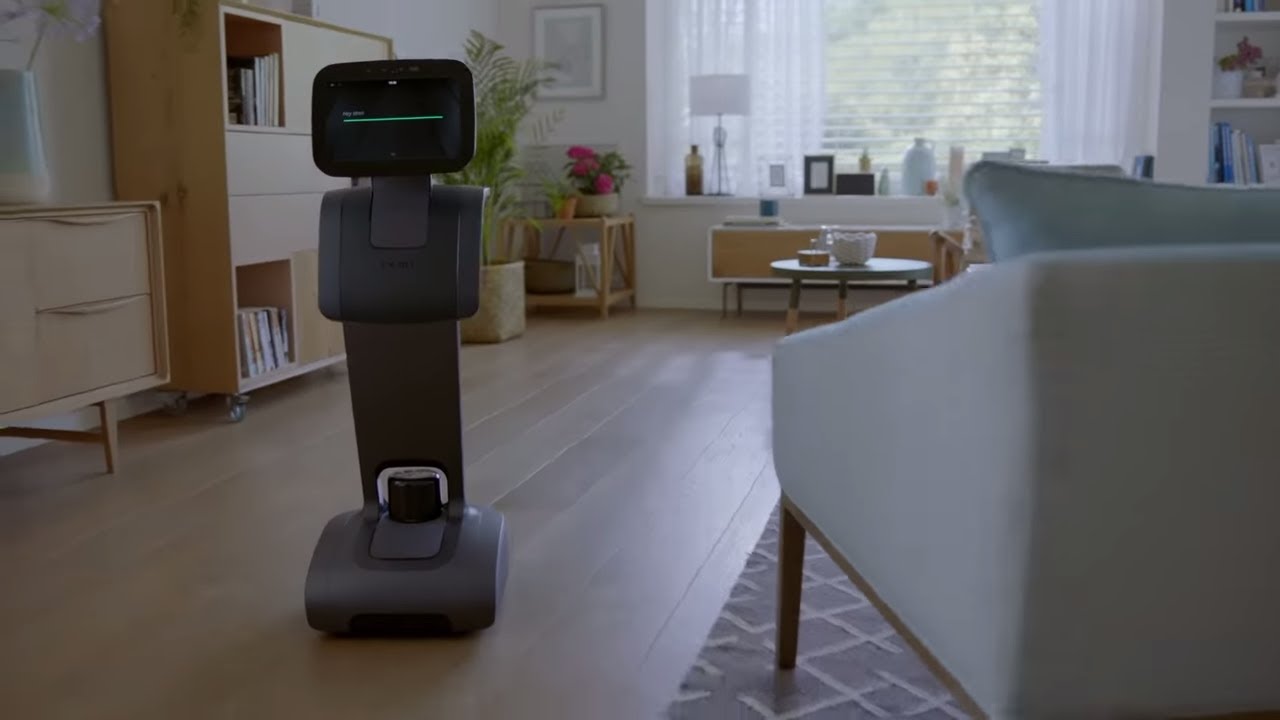
The robot is equipped with cameras and laser radars and can communicate with the world through Amazon’s personal assistant Alexa. To help fight against Covid-19, medical teams can operate it remotely and send it to perform various tasks. The robots can gradually replace humans with tasks like taking patients’ temperatures, delivering medications or antibiotics to patients, and distributing food.
Looking for the best automatic pool cleaners in 2020 for your in-ground or above ground pool? Check this out.





















